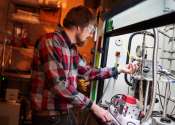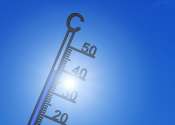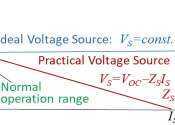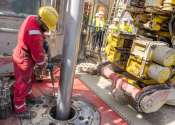Wind power is the conversion of wind energy into a useful form, such as electricity, using wind turbines. At the end of 2008, worldwide nameplate capacity of wind-powered generators was 121.2 gigawatts (GW). Wind power produces about 1.5% of worldwide electricity use, and is growing rapidly, having doubled in the three years between 2005 and 2008. Several countries have achieved relatively high levels of wind power penetration, such as 19% of stationary electricity production in Denmark, 11% in Spain and Portugal, and 7% in Germany and the Republic of Ireland in 2008. As of May 2009, eighty countries around the world are using wind power on a commercial basis.
Large-scale wind farms are connected to the electric power transmission network. Smaller turbines are used to provide electricity to isolated locations. Utility companies increasingly buy back surplus electricity produced by small domestic turbines. Wind energy as a power source is attractive as an alternative to fossil fuels, because it is plentiful, renewable, widely distributed, clean, and produces no greenhouse gas emissions; however, the construction of wind farms (as with other forms of power generation) is not universally welcomed due to their visual impact and other effects on the environment.
Wind power is non-dispatchable, meaning that for economic operation all of the available output must be taken when it is available, and other resources, such as hydropower, and standard load management techniques must be used to match supply with demand. The intermittency of wind seldom creates problems when using wind power to supply a low proportion of total demand. Where wind is to be used for a moderate fraction of demand, additional costs for compensation of intermittency are considered to be modest.









